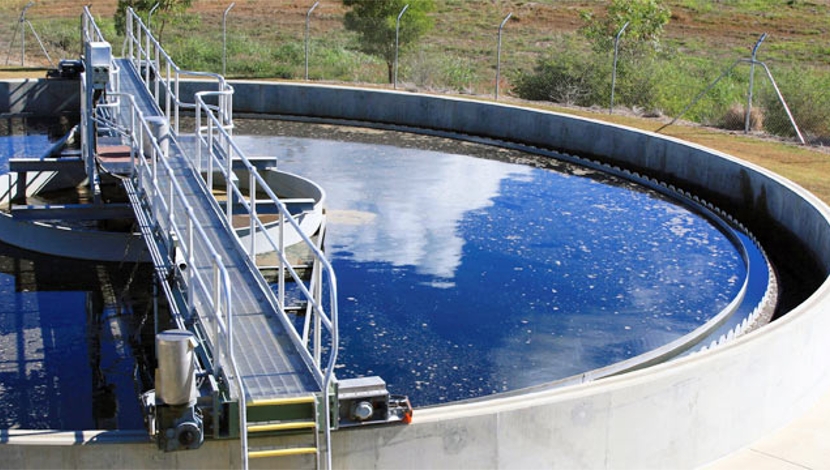
Construction chemicals specialist Chryso Southern Africa is supplying precast product manufacturer Rocla with its CHRYSO® Optima 203 and CHRYSO® Quad 20 admixtures for use in for self-compacting concrete (SCC).
“Chryso Southern Africa is a market leader in concrete and cement admixtures and ancillary products. Due to the latest developments in admixtures, modern concrete is now attaining unparalleled levels in important areas, such as mechanical performance, workability and durability,” Kabelo Sepotokele, Technical Sales Representative at Chryso Southern Africa, says.
CHRYSO® Optima 203 is a new generation, high range water reducing/superplasticising admixture, based on modified polycarboxylate technology. “This admixture is formulated primarily to achieve high workability with a wide range of cements, which lends itself to the sophisticated requirements of SCC mix design,” Sepotokele explains. CHRYSO® Quad 20 is a stabiliser that features a unique formulation to increase the viscosity of cement paste, with a limited impact on concrete slump and flow.
Jason Roberts, a Civil Technologist at Rocla Roodepoort, explains that the global trend amongst precast product manufacturers is to use SCC as an alternative to conventional vibrated concrete (CVC). With its extremely high workability (flow is measured rather than slump), SCC does not require post-cast vibration, which means a greatly reduced noise level in the precast yard. “SCC does all the work for you; you just cast it. The end result is a precast element that usually exhibits a generally superior surface finish, provided that the design mix is correct.”
Technical Specialist Cement & Concrete Technology at PPC George Evans, in conjunction with Chryso Southern Africa, was primarily responsible for formulating the specific design mix that Rocla is using for its SCC. Roberts says that Rocla began experimenting with SCC in 2012, mainly due to the complex forms it had to replicate for several of its products such as the Alfabloc retaining wall system, REBLOC road barriers and wing walls for stormwater outlets.
“SCC is ideal for all of our wet-cast applications. Typically our wing walls are extremely thin walled – in some cases they are only 80 mm thick. Our Alfablocs, which are literally cast in the shape of an ‘A’, also require complex, thin-walled moulds. It is difficult to achieve this with CVC. Hence the main reason for incorporating SCC into our production as it gave us the ability to take on more complex projects and allow us to broaden our product range,” Roberts says.
Rocla called on the expertise of Evans and Chryso Southern Africa when it wanted to change its concrete mix design. “We had to look at redesigning our SCC mix when we changed material supplier. You cannot simply change the cement and sand and expect to get the same product. SCC is a lot more sensitive. It is almost a new animal in terms of concrete,” Roberts says.
Rocla assembled an expert team of concrete technologists to trial its SCC, including Evans, Warren McKenzie, Murray & Roberts Centre of Concrete Excellence, and Eddie Correia, Brenton Brouard and Sepotokele, all from Chryso Southern Africa. “Chryso Southern Africa was recommended to us, and it provided some admixtures for us to test. We conducted preliminary trials and it worked out well. The end result was a SCC that allows us to strip in six to eight hours, whereas we could not double strip originally,” Roberts says.
Chryso Southern Africa now supplies six of Rocla’s 12 plants with a range of products, from superplasticisers and accelerators to mould release oils. Sepotokele attributes the success of the project to the close working relationship achieved between Chryso Southern Africa and Rocla. “Our aim is to provide tailor-made solutions for the specific applications and requirements of our clients. Working with progressive clients like Rocla also serves to advance concrete technology in South Africa,” Sepotokele concludes.





